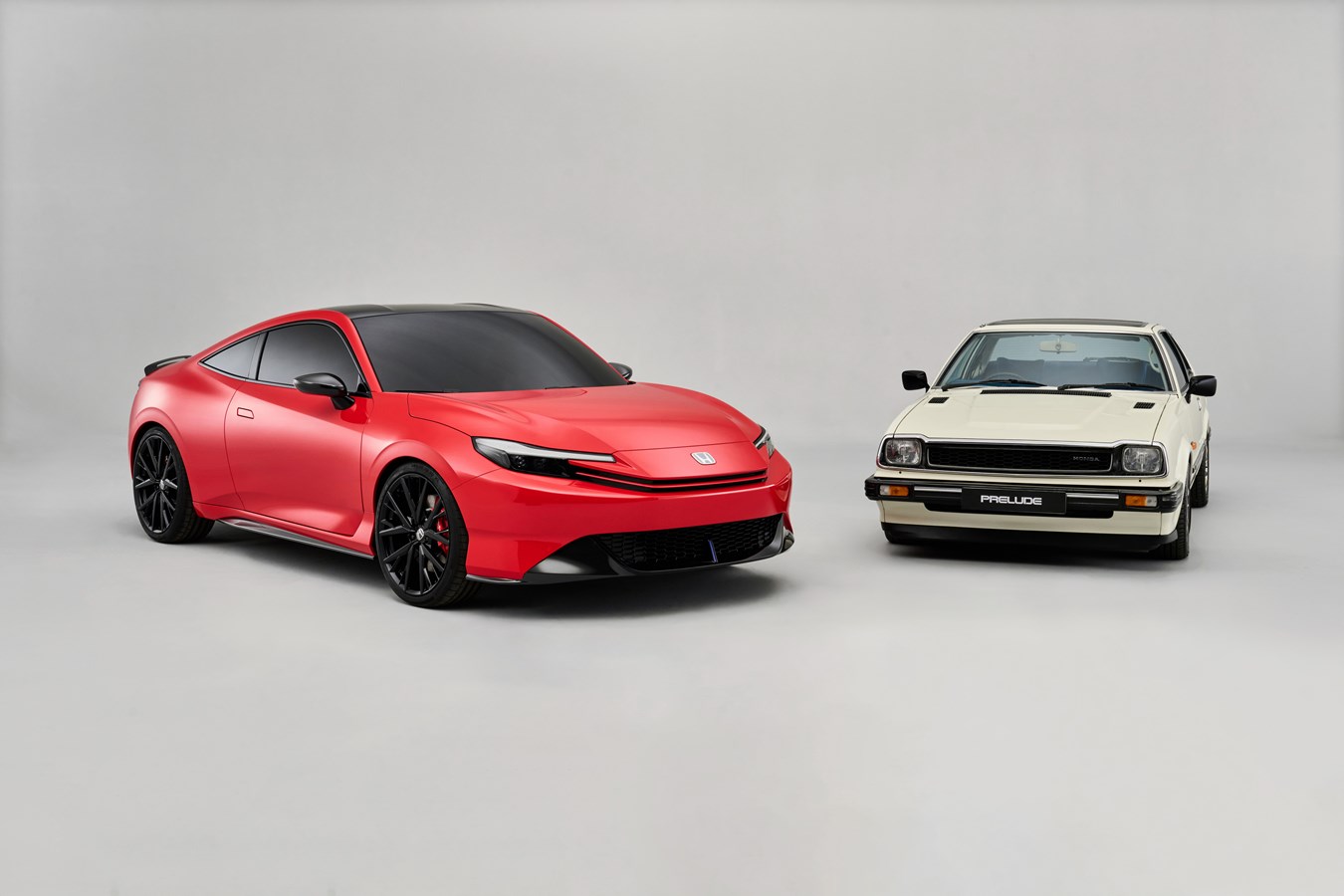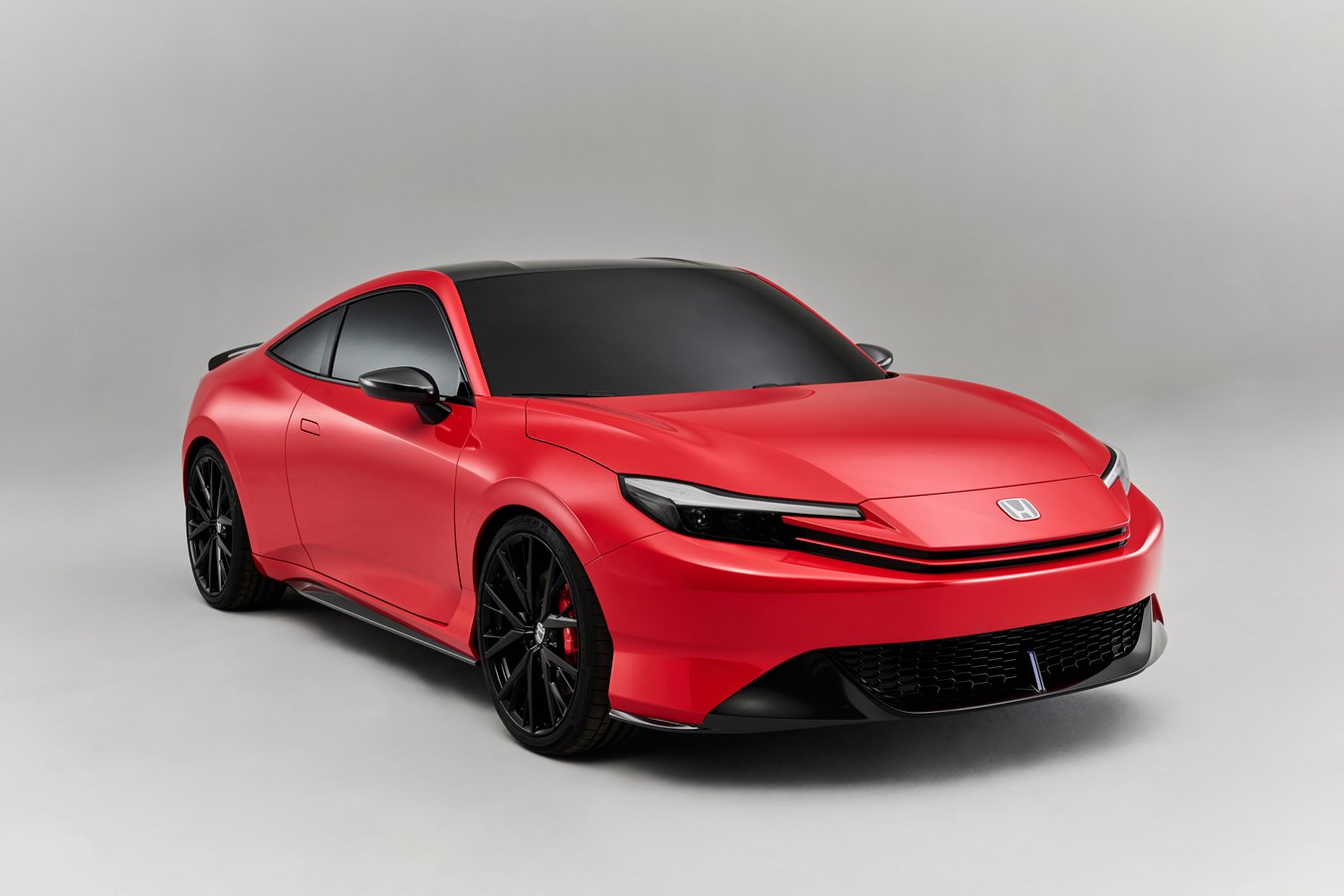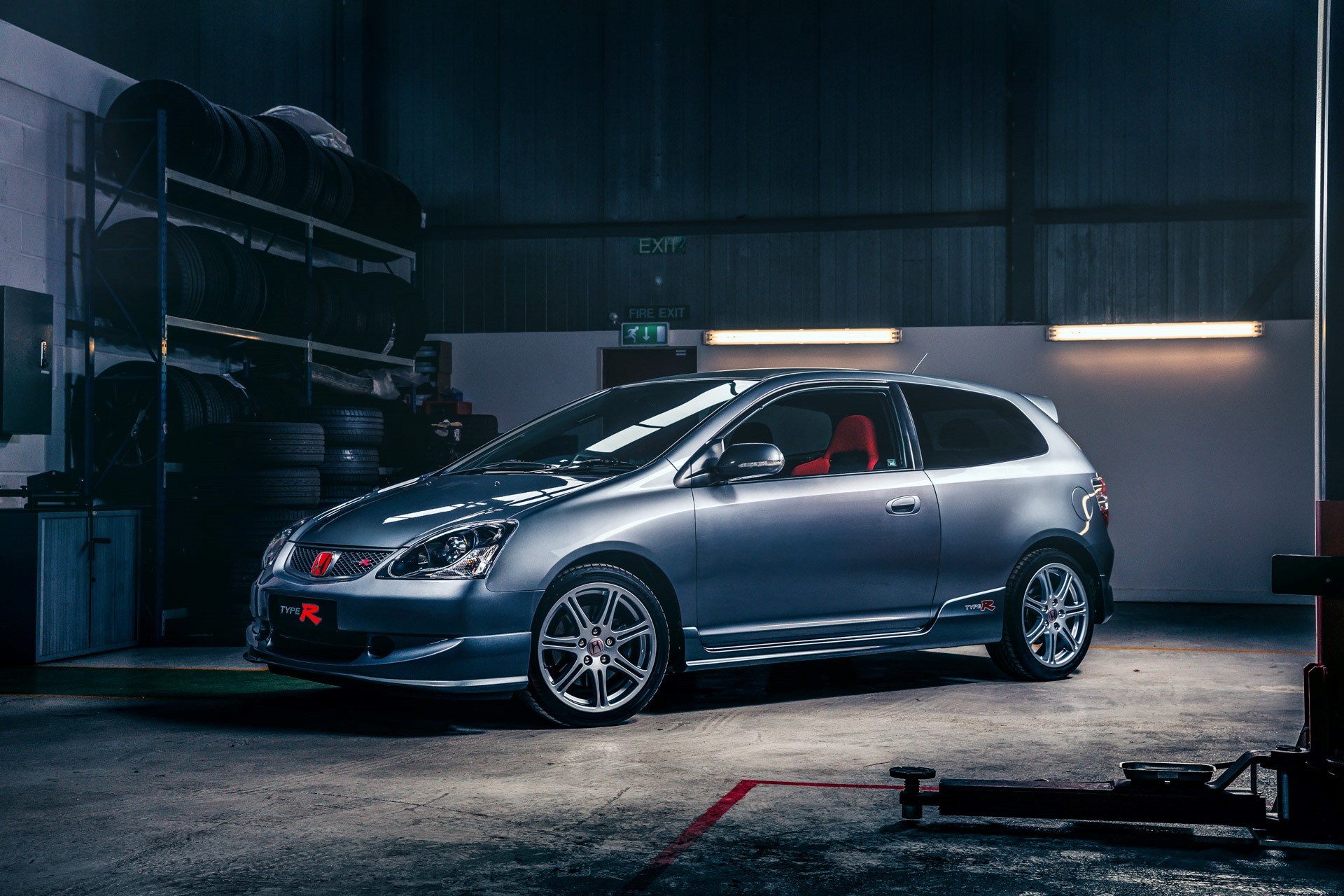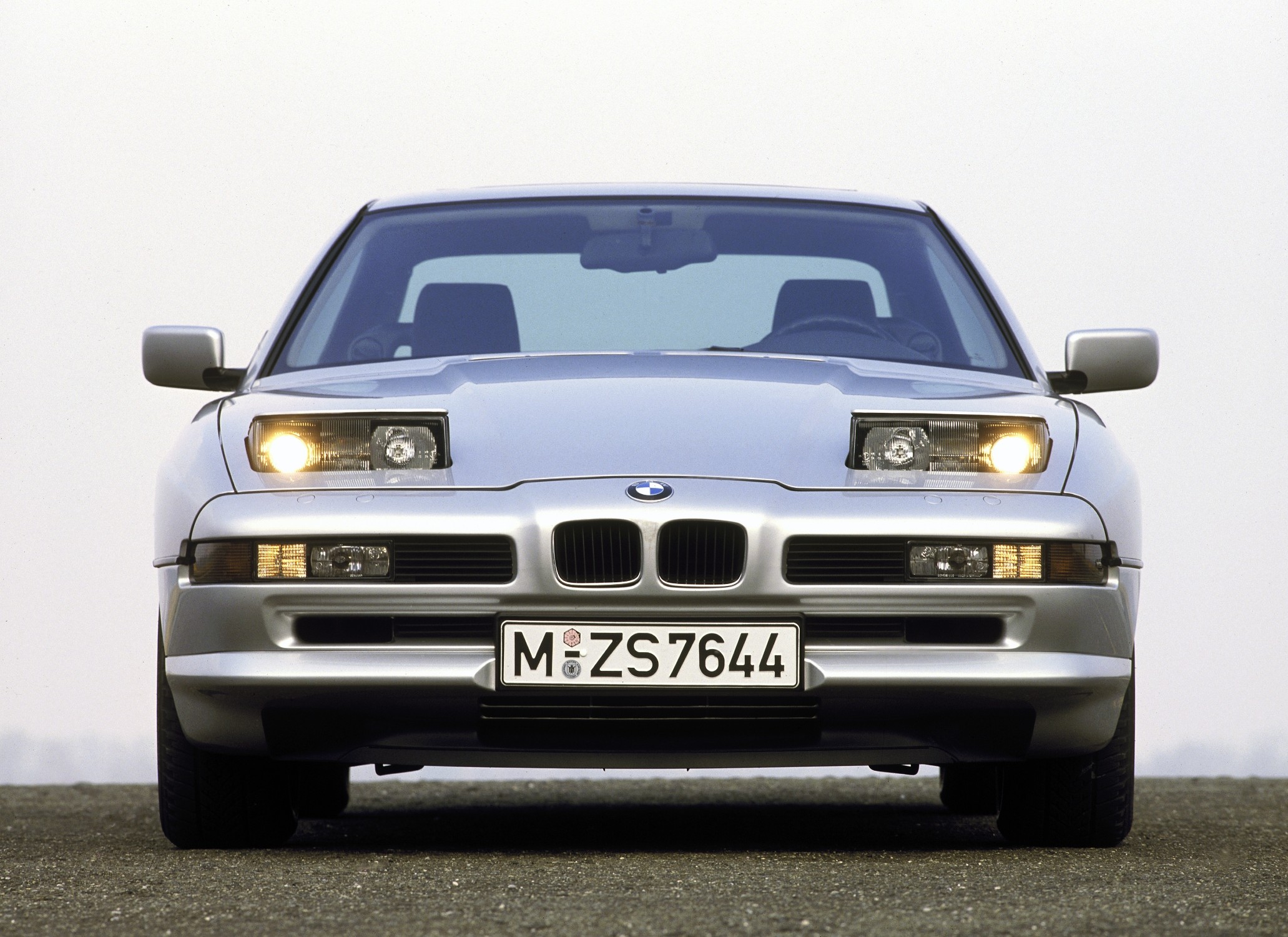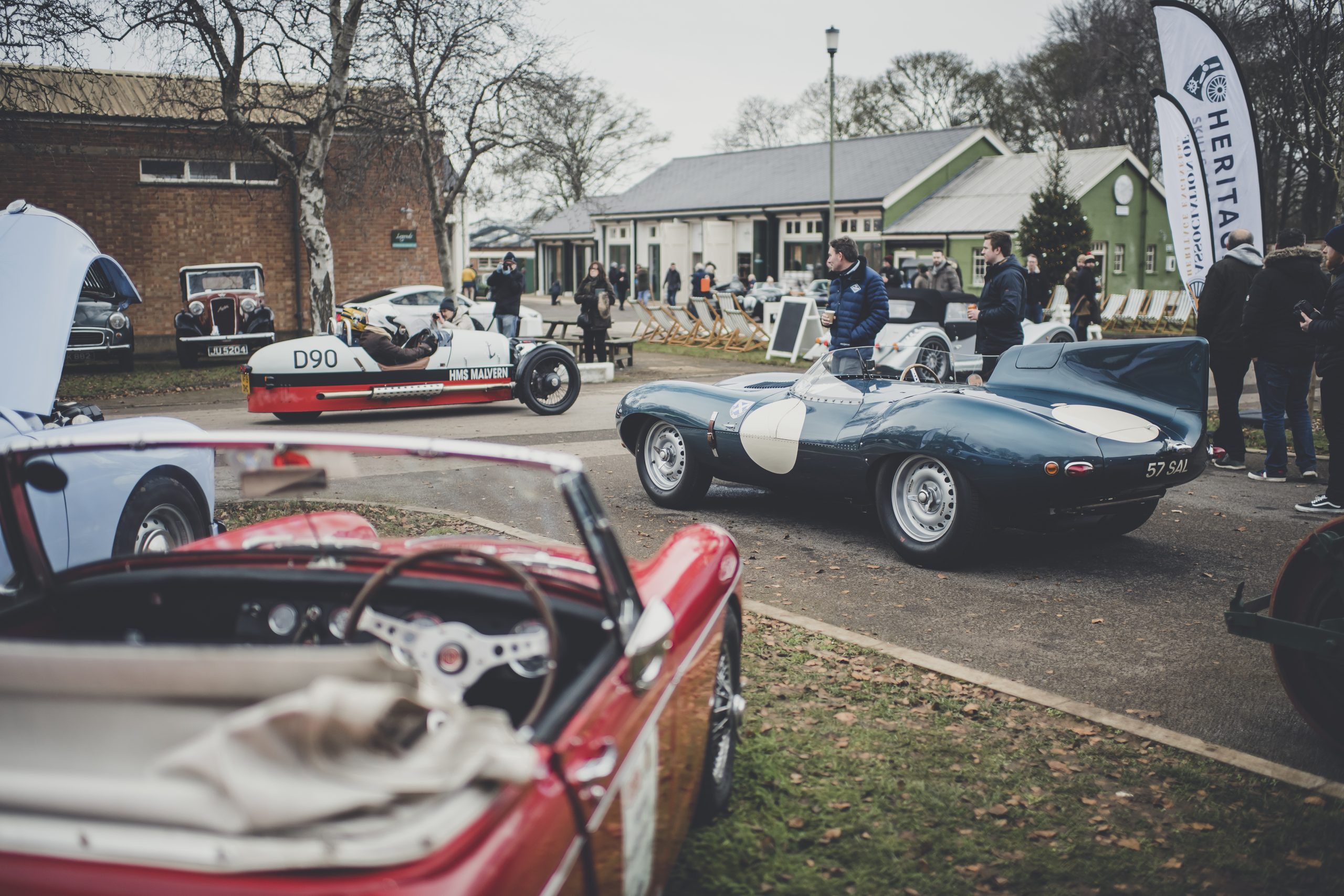There’s a new Honda Prelude, and this is pretty good news. In the greater scheme of things a new Prelude doesn’t have the impact of a new MX-5 or an NSX or the Nissan Silvia revival we’ll likely never get, but the Prelude was a mainstay of the coupé scene throughout the 1980s and 1990s, and a pretty good shop window for Honda’s latest and greatest technology, from four-wheel steering to VTEC engines and double-wishbone suspension.
Will the new Prelude debut anything new, give us anything to latch onto, other than it being that increasingly rare thing in the 2020s, a new coupé? For that we’ll have to wait for the car’s 2025 launch, but the return of the badge is likely to raise interest in the five generations that came before it. The Prelude has long been under-appreciated – but perhaps that’s about to change.

First Generation

The original Honda Prelude seems, in retrospect, like the entire Honda brand finding its feet. That’s how it was in the market too. The Civic and Accord were selling well, but for real growth, Honda needed a wider model line – and pushing into a new niche was a way of not just expanding its range, but generating some excitement for the company’s four-wheeled offerings at the same time. As many Japanese companies did, Honda even sold it through a special dealer network, separate from its stablemates, called Honda Verno.
Through 2024’s lens, the excitement is a little harder to see. Honda devised a new platform, but underneath it was mostly Accord, with strut suspension at both ends (albeit with a rear anti-roll bar, which the Accord lacked), Accord-sourced brakes, and the Accord’s undersquare 1.6-litre, 80-horsepower four-cylinder, powering the front wheels through either a five-speed manual or three-speed ‘Hondamatic’ auto.
Styling was attractive but conventional, the flair more in details than form: bonnet vents, plenty of chrome trim, and a set of chunky alloy wheels on the options list. The cabin was less conventional though, the stand-out feature being the concentric speedometer and rev counter, and inside both of those a bank of warning lights.
It was more appealing as a package than as a driver’s car. But its most un-1970s-like quality justified its expense; the Prelude was £4950 at launch in the UK in 1979, around £150 more than an Alfasud Sprint or a Ford Capri 1600S, albeit less than the £5319 VW Scirocco GLS. While its handling was objectively fine though, it couldn’t top the Alfa or VW for verve, and Autocar reported on the car’s slightly outdated front-drive ‘rough edges’, such as torque steer and a nose-led balance. There was certainly room for improvement when the next car came along…
Second Generation

The second generation Honda Prelude, launched in 1982, was quite a departure from the original. The idea was the same: a grown-up, technologically advanced coupé (anti-lock brakes were available for the first time), using familiar mechanicals but sitting on its own platform. But the execution was altogether more rakish and exciting, a design for the 1980s rather than a hangover from the 1970s.
Its platform was all new and adopted double-wishbone suspension at the front end, paired with MacPherson struts at the rear. Retractable headlights kept the bonnet line low (but, whether open or closed, retained the family ‘H’ shape to the grille and headlights), while body length grew from 4090mm to 4295mm and width from 1635mm to 1690mm – not just giving passengers more room, but making the new car look far more dynamic and low-slung than its predecessor, despite an identical 1295mm height.
Dynamic, too, was the new 1.8-litre, 12-valve, twin-carb four-cylinder engine with 103bhp – 23 horses more than the first-gen car – and that was replaced in 1986 by a 16-valve, injected 2-litre making 137bhp, for a real increase in performance. Where Autocar had coerced the original Prelude from 0–60mph in 11.3 seconds, the 16v Prelude was there in 8.4.
And the Prelude finally handled. It did come at the expense of ride quality, which was firm for the time, but by 1980s standards there was little roll. Both Autocar and Car found the nose would wash wide in corners, but it would also tuck neatly with a lift, without being difficult to control in a slide – a planted feel that every following model would replicate.
Third Generation
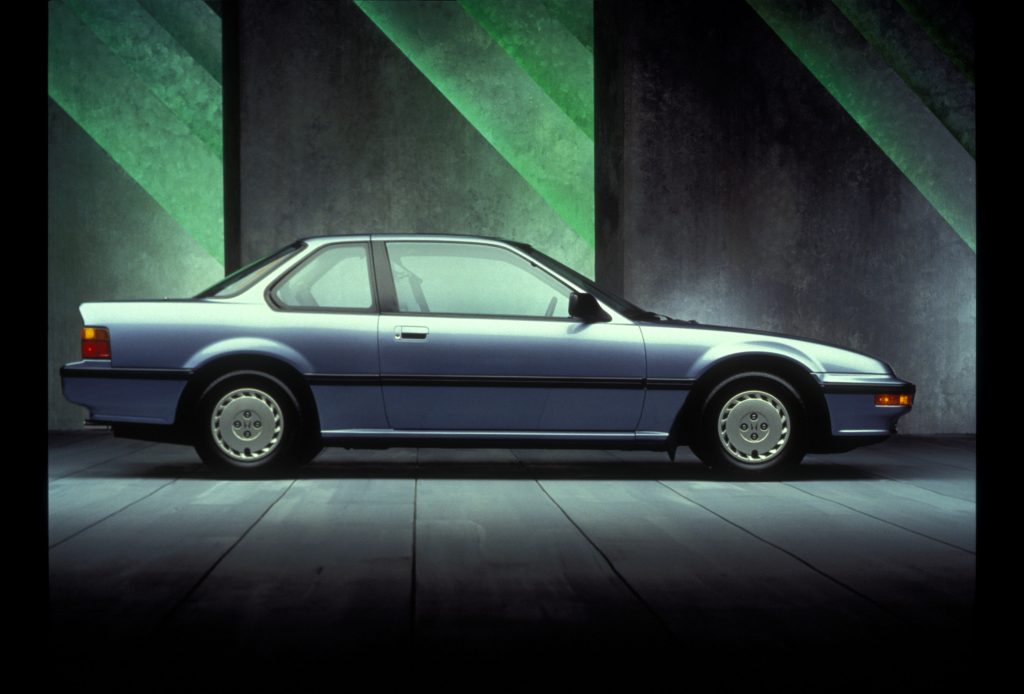
You can make a fairly strong case for 1987’s third-generation Prelude being the model’s peak. While it didn’t outsell its predecessor – not even close, at 161K sales to the second-gen’s third of a million – it was an evolution of the previous models in the same way a Porsche 911 evolves, becoming objectively better in every metric that matters.
The third-generation then was more neatly styled inside and out, more powerful, more technologically advanced, more sophisticated, more aerodynamic, more spacious, better handling, better-riding, and with improved visibility. All this, too, on a car that was already popular with both press and public.
The biggest news was the introduction of mechanical four-wheel steering. A thin shaft took steering movements from a separate rack and pinion at the front to a steering box at the rear axle. Inside you’d find an eccentric shaft turning a planetary gear, which itself had an eccentric output. Small steering movements turned the rear wheels in the same direction as the fronts, but steer further – as you might when parking – and the steering box would then push the rears in the opposite direction for a tighter turn.
On the road, this meant fast but stable responses at speed, and a tight turning circle around town, with few ill effects. Some credit too had to go to the new four-wheel double-wishbone layout – which, apart from anything, helped give the Prelude the most remarkably low bonnet lines of any front-driver we can think of, just a hand-span from the top of the front arch.
Fourth Generation
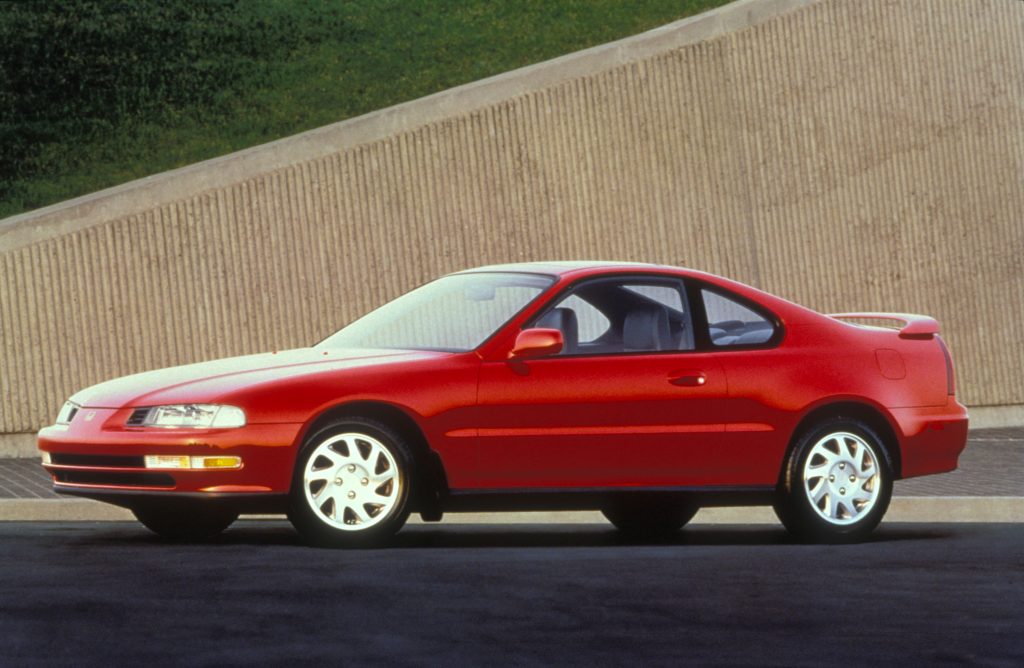
Until the latest Prelude arrived, the fourth-generation car of 1991 might have been considered the odd one out in the model’s back-catalogue. Take its profile, which has a notably high tail compared to generations one to three and five, and its frontal aspect, whose sleek nose loses the distinctive ‘H’ shape formed by the headlights, grille, and raised bonnet edges of every other generation.
Inside, too, it was a departure from its predecessors. The low scuttle remained – this was a Honda, after all – but the notably driver-focused instrument cluster made way for a full dashboard-width instrument panel. This included a crescent-shaped speedometer and tachometer, and in the centre a pair of ‘FLT’ (fluorescent light tube) gauges for fuel and coolant temperature, with warning lights stretching well over into the passenger side.
Outside and inside it split the press: some found it genuinely beautiful, others were turned off by its new 1990s curves, while inside, Car and Driver called the dash ‘retro’, saying it evoked American luxury cars of the 1970s. UK testers were less generous; Autocar variously called it ‘awful’ and ‘ugly’, while Car described it as ‘gimmicky’.
No such worries about how it drove though. The Prelude found itself at the sharp end of most group tests of its era, especially when equipped with Honda’s still fairly new VTEC system. Confusingly, Honda offered both 2.2- and 2.3-litre VTEC fours, but it was the slightly smaller of these that made the real power, as much as 197bhp in some markets, and had a red line that started at 7500rpm. Four-wheel steering made a return, this time under electronic control, as did a true four-corner double-wishbone setup. Few front-drivers of the time were easier, or safer, to drive quickly.
Fifth Generation
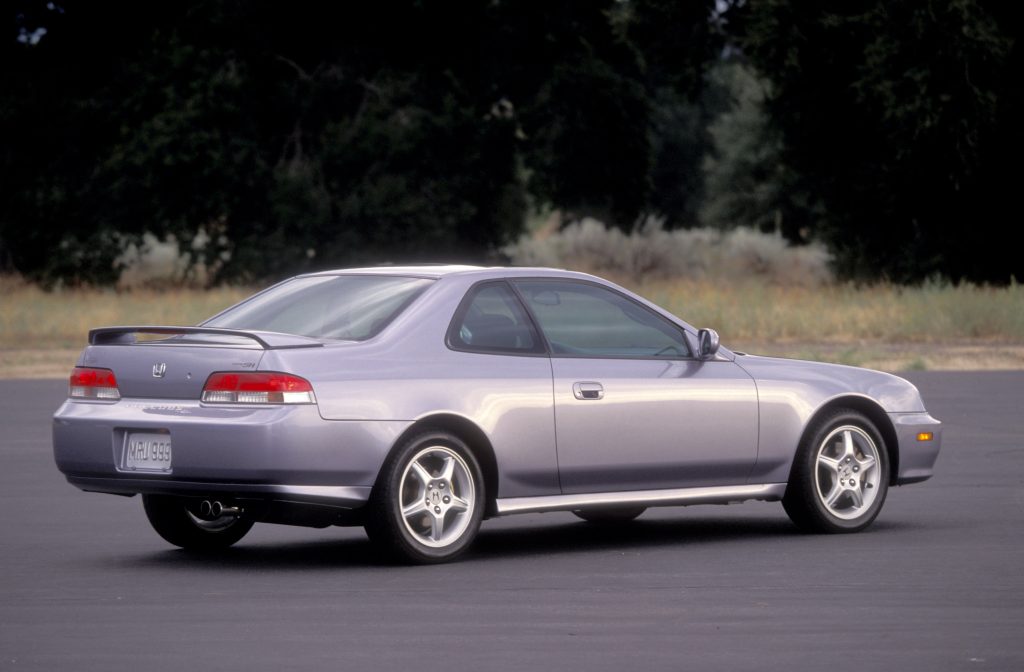
As so many manufacturers have found when delivering exactly the product they thought people were crying out for, you can’t keep everyone happy. The fourth-generation Prelude was clearly a departure for the model line and despite its road test successes, missed out on the third-gen’s sales numbers by some margin. The fifth generation of 1996 then clearly needed to be more conventional.
Traditional three-box styling returned, with a front end that cleverly replicated the nose of the original car, just with bright-eyed modern headlights, while the interior retained the fabulous low-slung seating position but ditched the Starship Enterprise dash for a regular instrument cluster and conventional console.
Predictably, people hated it. Top Gear deemed it ‘incredibly ugly’ outside, and Autocar ‘dubiously styled’ – sure, this was the age of the Alfa Romeo GTV, Fiat Coupé, and Peugeot 406 Coupé, but in retrospect the harshness over the Prelude’s sharp, well-proportioned lines seems baffling. The cabin was ‘conservative’ at best, ‘dull’ at worst. US testers were more positive, perhaps because domestic ‘sport compacts’ were in a bit of a lull.
To drive though, the fifth-gen was arguably even better than before. It had gained only 4kg in like-for-like spec despite being longer and taller – now 1319kg for the now more powerful 2.2 – but a stiffer structure meant greater refinement as well as sharper handling. Electronic 4WS once again returned, newly paired with ATTS, or Active Torque Transfer System, a hydraulic planetary gearset in the diff to replicate the behaviour of a limited-slip, at least in some conditions. The former was more effective than the latter, but the outcome was much the same as the fourth-gen: sharp responses and fantastic body control, and almost viceless.
Sixth Generation
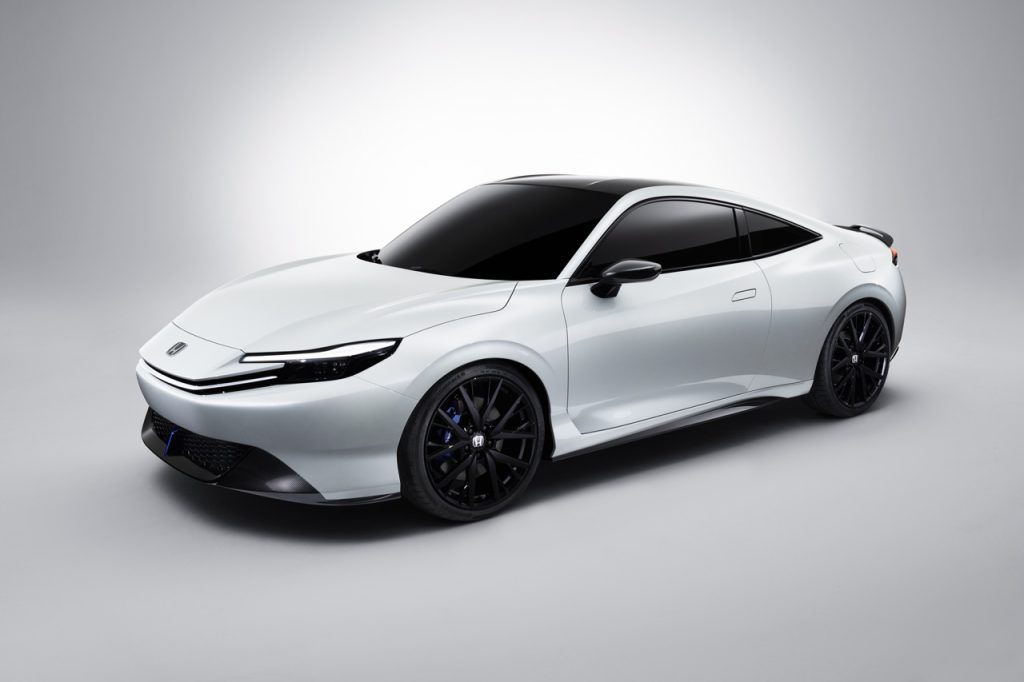
Had Ford not (for the third time now, following the Mustang Mach-E and the Puma) just relaunched one of its most beloved nameplates as a bulky and ungainly SUV, reception to the new Honda Prelude might have been more lukewarm. It shares little to nothing visually with the five generations before it, and the prospect of a hybrid drivetrain already has those who fondly remember 2.2-litre VTEC engines down in the dumps.
How refreshing though it is to see a company launching an all-new coupé in the mid-2020s, a segment that seemed to be fading away in the first decade of the new millennium? The Vauxhall Calibra had already bowed out in 1997, the Fiat Coupé disappeared in 2000, the Prelude was gone by 2001, and the Toyota Celica in 2006. There were hangers-on in Europe: Alfa Romeo offered the GT and Brera until 2010, Peugeot the 407 Coupé to 2011, Renault a Laguna Coupé until 2015. But the sector was becoming a premium game, only the likes of the Audi TT, or dedicated rear-drive models like the Nissan 370Z or the Toyota GT86 and Subaru BRZ twins persisting into the 2020s.
Confirmed for the UK in 2025, Honda has still released relatively few details on the new Prelude model, beyond hints it will be a hybrid – likely some derivative of the current Civic Hybrid’s 2-litre, 184bhp setup – and that it will deliver ‘the perfect balance of exhilarating driving pleasure and outstanding efficiency’.
The car’s proportions suggest some relation to the coupé version of the previous, tenth-generation Civic, though smooth new styling hides it well, while the interior design, always a contentious point with the Prelude, is yet to be revealed. The return though of the stylish, grown-up coupé – the ‘date car’ its Japanese inventors envisioned – is long overdue.
